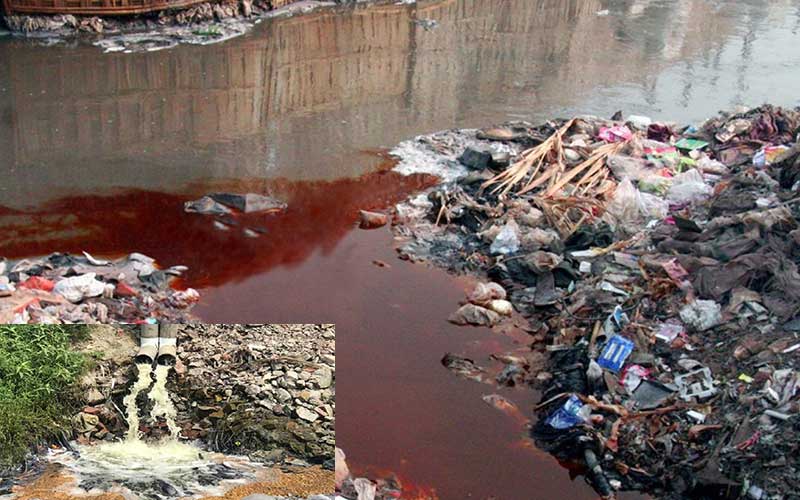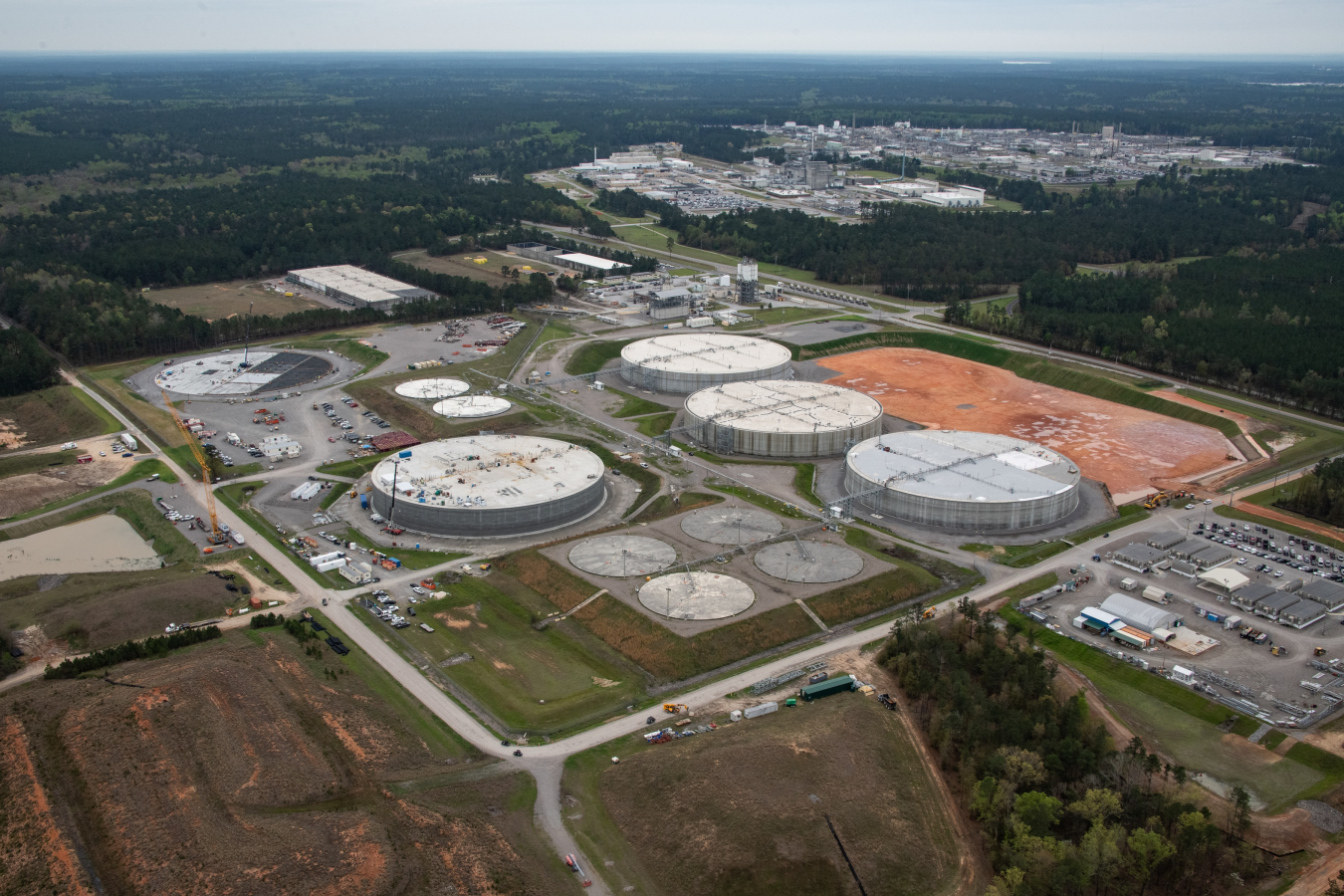Top Liquid Waste Disposal Melbourne: Trusted Services for Appropriate Waste Management
Top Liquid Waste Disposal Melbourne: Trusted Services for Appropriate Waste Management
Blog Article
Just How Fluid Waste Disposal Works: A Detailed Summary of Methods and Technologies Utilized

Overview of Liquid Waste Types
The intricacy of liquid waste kinds demands an extensive understanding of their attributes and effects for disposal. Liquid waste can generally be classified right into a number of kinds, including commercial, community, agricultural, and contaminated materials. Each classification displays distinct residential properties, needing certain administration methods to alleviate environmental and wellness threats.
Industrial liquid waste stems from producing processes and often has a range of impurities, such as hefty metals, solvents, and natural substances. Municipal liquid waste, largely making up wastewater from homes and business facilities, includes natural matter, nutrients, and virus (industrial wastewater treatment). Agricultural liquid waste, consisting of overflow from farms, might have plant foods, chemicals, and animal waste, posing dangers to water top quality and ecological communities
Unsafe liquid waste is identified by its toxicity, reactivity, or potential to cause damage. Comprehending these varied liquid waste types is essential for establishing efficient disposal approaches and guaranteeing compliance with ecological laws.
Physical Therapy Techniques

Screening is the preliminary step, where bigger particles and debris are eliminated from the fluid waste utilizing displays or grates. In sedimentation storage tanks, larger particles resolve at the base, developing a sludge layer, while the made clear fluid can be additional treated.
Filtering is another necessary technique that includes passing the liquid with porous products, such as sand or membrane layers, to record smaller sized bits. This step enhances the high quality of the fluid, making it ideal for subsequent treatment processes.

Chemical Treatment Techniques
Chemical therapy techniques are essential for successfully handling liquid waste, specifically in attending to dissolved and colloidal pollutants that physical techniques may not properly remove. These strategies use numerous chemical representatives to reduce the effects of, speed up, or transform unsafe compounds right into much less damaging types.
One usual approach is coagulation and flocculation, where chemicals such as alum or ferric chloride are added to advertise the gathering of suspended fragments. This process improves sedimentation, enabling simpler elimination of the resulting sludge. Additionally, oxidation processes, using representatives like chlorine or ozone, are employed to break down complex organic substances and microorganisms, rendering the waste safer for discharge or additional therapy.
Neutralization is another essential strategy, which adjusts the pH of acidic or alkaline waste streams to neutral degrees, protecting check my site against prospective injury to downstream systems and the atmosphere. In addition, progressed oxidation procedures (AOPs) use mixes of oxidants and ultraviolet light to break down persistent pollutants, accomplishing a greater level of therapy performance.
Organic Therapy Procedures
Organic therapy procedures play a vital duty in the monitoring of liquid waste by utilizing microbes to decay raw material and reduce impurity levels. These processes can be extensively classified right into cardio and anaerobic therapies, each utilizing particular microbial communities to achieve effective waste degradation.
Aerobic therapy involves the usage of oxygen to promote the failure of natural materials by bacteria. This process is generally carried out in triggered sludge systems, where aeration tanks give a helpful atmosphere for microbial growth, resulting in the oxidation of natural toxins. The resultant biomass can be separated from treated effluent via sedimentation.
On the other hand, anaerobic therapy happens in the absence of oxygen, relying upon various germs to damage down raw material. This approach is specifically beneficial for high-strength waste, as it produces biogas, an eco-friendly energy resource, while reducing sludge production. great site Technologies such as anaerobic digesters are regularly used in commercial and municipal applications.
Both anaerobic and aerobic organic treatments not just decrease the environmental influence of liquid waste however also facilitate source recovery, making them important components of sustainable waste monitoring approaches. Their versatility, performance, and efficiency sustain their extensive execution throughout different fields.
Emerging Technologies in Disposal
Innovative strategies to liquid garbage disposal are swiftly evolving, driven by improvements in modern technology and an enhancing focus on sustainability. Amongst these arising technologies, membrane bioreactors (MBRs) have actually gained traction for their capability to incorporate organic therapy with membrane layer purification, causing top quality effluent that can be recycled in different applications. MBRs enable smaller sized impacts and extra reliable procedures compared to typical systems.
Another appealing development is the use of anaerobic digestion combined with nutrient recuperation technologies, which not only deals with fluid waste yet likewise creates biogas and recoups valuable nutrients like nitrogen and phosphorus. This double benefit boosts source effectiveness and reduces environmental impact.
Additionally, advanced oxidation processes (AOPs) are being taken on for the deterioration of complex natural toxins. These approaches make use of powerful oxidants and stimulants to break down impurities at the molecular degree, using a highly efficient service for tough waste streams.
Moreover, the integration of expert system and look at here maker learning in waste monitoring systems is enhancing operational effectiveness and predictive upkeep, bring about decreased costs and improved ecological conformity. These modern technologies mirror a substantial shift in the direction of more sustainable and efficient liquid waste disposal practices.
Conclusion
In conclusion, efficient fluid waste disposal requires a comprehensive understanding of different methods and technologies. By continuously advancing these methods, it ends up being feasible to resolve the growing difficulties connected with fluid waste, ultimately adding to environmental protection and source healing.
Fluid waste disposal is a critical element of ecological administration, requiring an extensive understanding of different methods and modern technologies customized to various waste kinds. Liquid waste can broadly be categorized into several kinds, including industrial, community, agricultural, and hazardous waste. Agricultural liquid waste, including overflow from farms, may consist of plant foods, pesticides, and animal waste, posing risks to water quality and ecosystems.
Numerous physical therapy methods play a vital function in managing fluid waste properly - industrial wastewater treatment.In verdict, efficient fluid waste disposal requires an extensive understanding of numerous strategies and innovations
Report this page